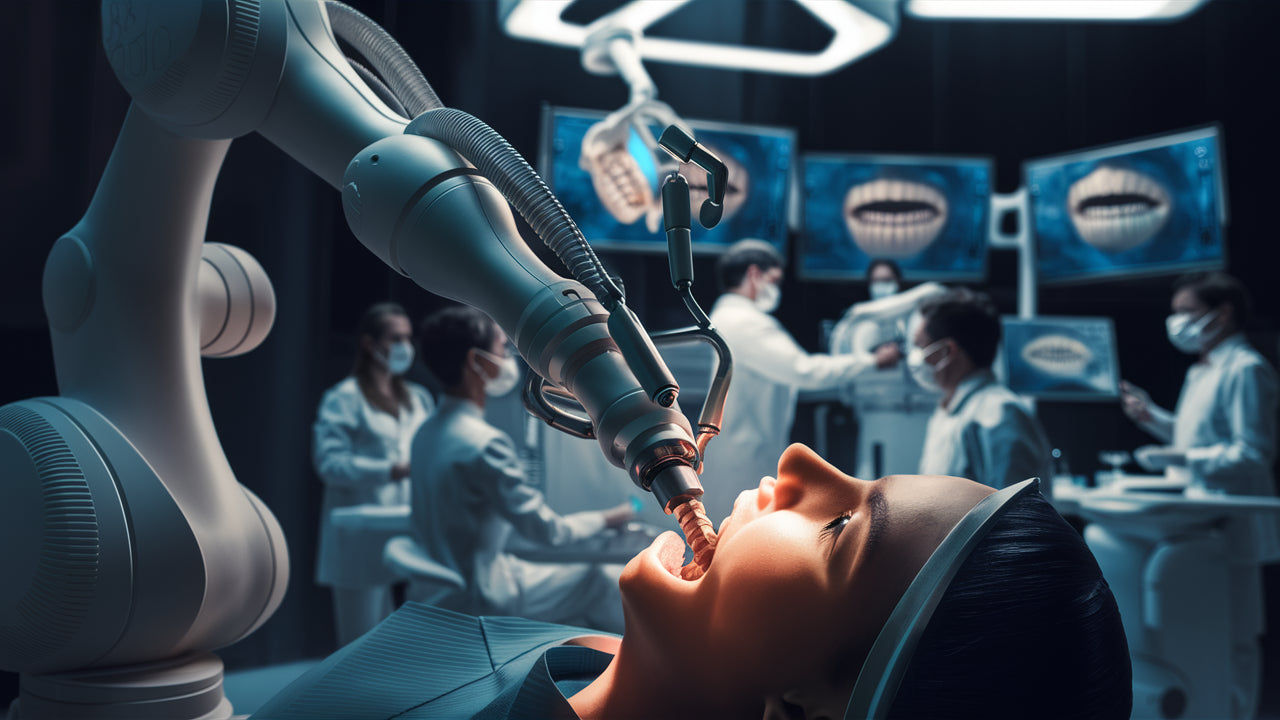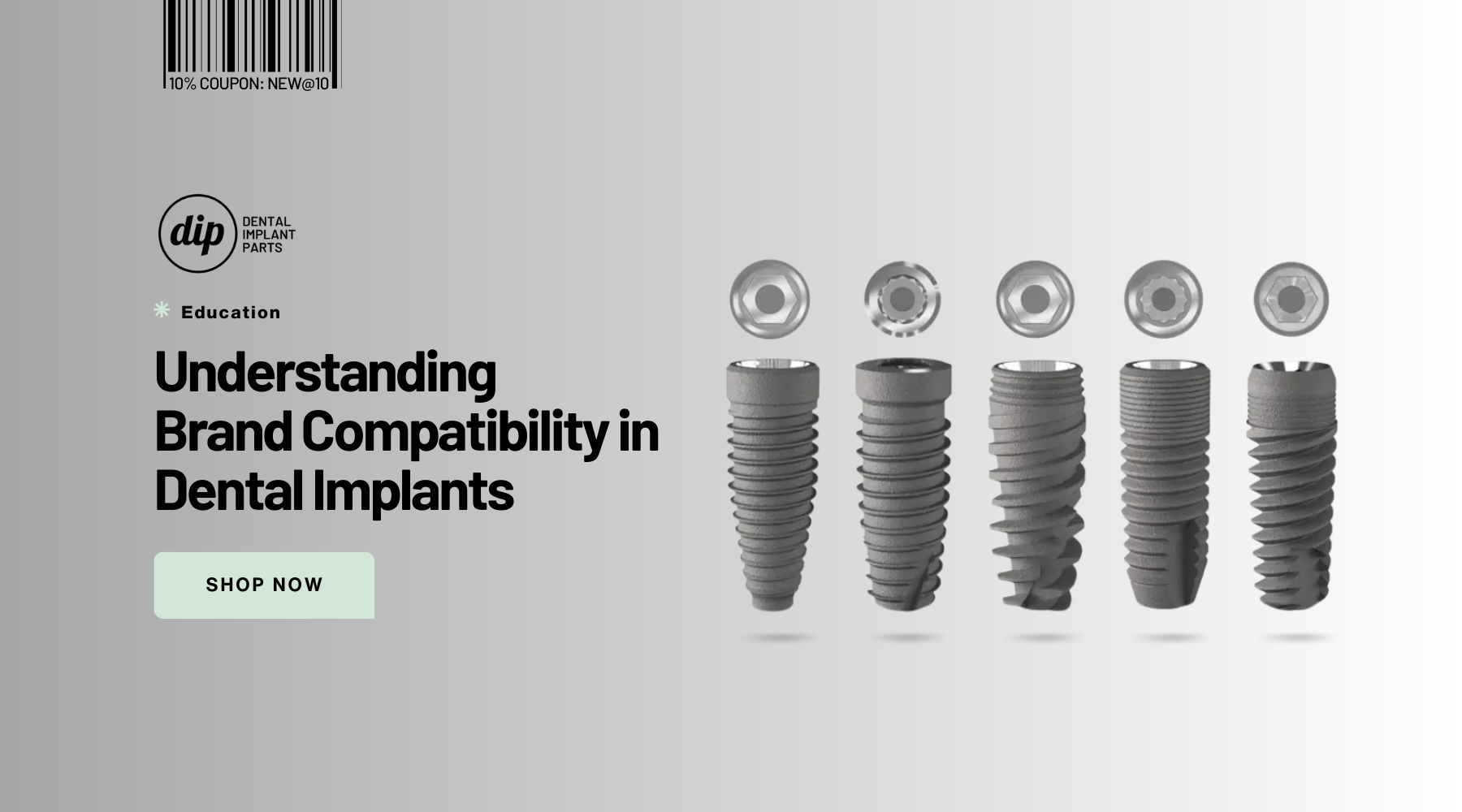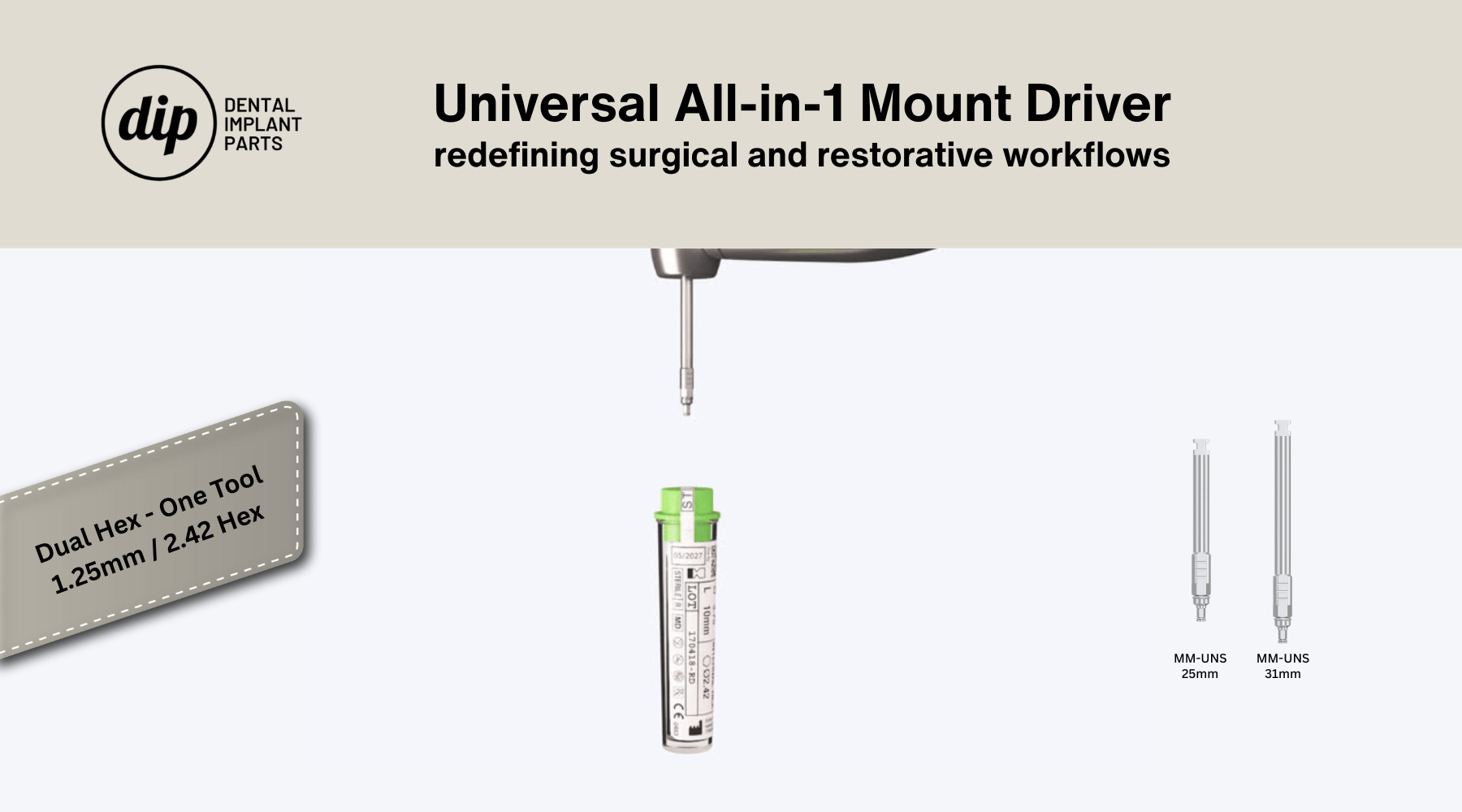Welcome to the forefront of dental innovation. At DIP Dental, we are dedicated to advancing oral healthcare through cutting-edge technology. As we delve into the latest research and developments, we explore how robotics and automation are revolutionizing oral implant surgery, bringing unprecedented accuracy, efficiency, and patient satisfaction.
Understanding Oral Implant Surgery
Oral implant surgery is a transformative procedure designed to replace missing teeth with artificial ones securely anchored into the jawbone. This surgery not only restores the functionality of the mouth but also significantly enhances its aesthetics. Precision in implant placement is crucial, as it ensures the durability and effectiveness of the implants, leading to better overall outcomes for patients.
The Role of Robotics in Oral Implant Surgery
Recent advancements in medical robotics have paved the way for their integration into various surgical procedures, including dental implant surgery. Medical robots are sophisticated devices that can perform surgical tasks with high precision, either autonomously or under the guidance of human surgeons. Their introduction into oral implant surgery offers numerous benefits:
- Enhanced Precision: Robots can execute movements with a degree of accuracy that surpasses human capabilities, reducing the risk of errors during implant placement.
- Improved Efficiency: The automation of repetitive and intricate tasks speeds up the surgical process, allowing for quicker procedures without compromising quality.
- Minimally Invasive Techniques: Robots facilitate minimally invasive procedures, resulting in smaller incisions, less trauma, and faster recovery times for patients.
- Increased Safety: The precision and control offered by robots minimize the likelihood of complications, enhancing overall surgical safety.
Challenges in Robotic Oral Implant Surgery
Despite the advantages, the integration of robotics into oral implant surgery is not without challenges:
- Extensive Preoperative Preparation: Current robotic systems often require detailed and time-consuming preparation before surgery.
- Complex Operational Demands: The intricate nature of robotic systems necessitates specialized training and expertise.
- High Implementation Costs: The advanced technology involved comes with significant financial investments, which can be a barrier to widespread adoption.
- Occlusion and Interference: Surgical robots may encounter obstacles such as medical instruments, anatomical structures, or adjacent organs, complicating the procedure and impacting outcomes.
Introducing HADAROIS: A Breakthrough in Oral Implant Surgery
In light of these challenges, researchers have developed HADAROIS (High Accuracy Dual-Arm Robotic Oral Implant System), a novel navigation and positioning system designed to revolutionize oral implant surgery. This innovative system comprises several key components:
- Support Body and Control Panel: The foundational elements that house the robotic arms and control mechanisms.
- Dual Robotic Arms: One arm holds the surgical tool, known as the "oral implant handpiece," while the other features a miniature multi-eye gaze positioning camera.
- Image Acquisition Device: A crucial component for capturing detailed anatomical images.
-
Key Control Modules:
- Occluded Target Tracking Module (OTTM): Ensures precise positioning and tracking of the implant site, navigating around occlusions.
- Patient-Specific Planning Data Module (PPDM): Utilizes computed tomography (CT) scans to create personalized surgical plans.
- Positioning and Feedback Module (PFM): Manages the posture, position, and movement speed of the robotic arms, ensuring synchronized and accurate movements.
How HADAROIS Enhances Oral Implant Surgery
HADAROIS is designed to streamline the surgical workflow, significantly reducing preoperative preparation times and simplifying the operation process. Key features and benefits include:
- Dynamic Adjustments: The system allows for real-time feedback and surgical interventions, enabling surgeons to make immediate modifications based on intraoperative findings.
- Precision and Coordination: The dual robotic arms work in harmony, ensuring precise and coordinated movements during complex surgical tasks.
- Patient-Specific Planning: By leveraging CT and cone-beam CT (CBCT) imaging, HADAROIS generates optimal surgical plans tailored to each patient's unique anatomy.
- Reduced Surgical Trauma: The system's minimally invasive approach minimizes trauma, promoting faster recovery and reducing postoperative discomfort.
Research Findings on HADAROIS
Extensive research and testing have demonstrated the accuracy and feasibility of HADAROIS. Key findings from simulation experiments and clinical trials include:
- Simulation Experiments: Using five different dental models, ten implant surgeries were performed. The results showed an average angular error of 1.54° and an average entry point error of 0.33 mm, both within clinically acceptable ranges.
- Clinical Trials: Six patients underwent oral implant surgeries using HADAROIS, with accuracy measured via CBCT images. The average angular error was 2.1°, and the average entry point error was 0.39 mm, confirming the system's precision and effectiveness.
Applications and Future Prospects
The potential applications of HADAROIS in dental implant surgery are substantial. By offering high-precision navigation and positioning, the system enhances both the efficiency and safety of surgeries. Key applications and benefits include:
- Streamlined Preoperative Preparation: Reduced preparation times allow for more efficient surgical workflows.
- Real-Time Guidance: Surgeons can make dynamic adjustments during procedures, enhancing flexibility and adaptability.
- Improved Patient Outcomes: Minimally invasive techniques promote faster recovery, less discomfort, and higher patient satisfaction.
- Aesthetic and Functional Excellence: Precise implant placement ensures better aesthetic and functional results, improving overall treatment success.
Conclusion
HADAROIS represents a significant advancement in robotic-assisted dental implant surgery. By addressing the limitations of current robotic systems, such as extensive preparation times, complex usability, high costs, and susceptibility to occlusions, HADAROIS offers a promising solution for enhancing precision, efficiency, and safety in surgical procedures.
Looking ahead, further enhancements and optimizations to the system are anticipated. Additional clinical trials will help confirm its effectiveness and safety, paving the way for broader applications in other areas of oral surgery, including orthognathic surgery, maxillofacial trauma surgery, and oral tumor surgery.
At DIP Dental, we are committed to leveraging the latest technological advancements to improve patient care. Stay tuned for more updates as we continue to explore the transformative potential of robotics and automation in oral healthcare.
For more information and inquiries, feel free to contact us directly. Thank you for your continued support, and we look forward to serving you with the highest standards of dental care.






1 comment
Esad Kučević
Dear Sir/Madam, I would like to ask your permission to publish your photo about dental implants under the title The Future of Dental Implant Surgery: Harnessing Robotics and Automation in my book Robots in Dentistry, which is currently being prepared for publication.
Thank you in advance and best regards
Prof. Dr. Esad Kučević